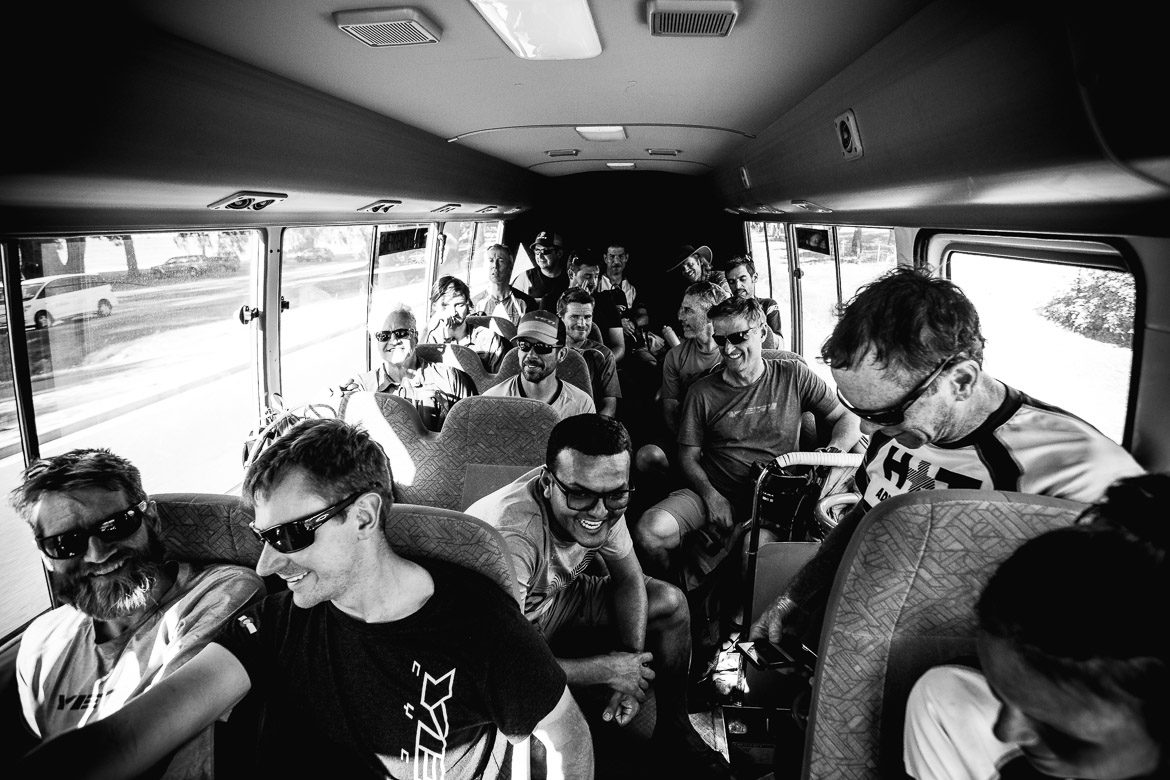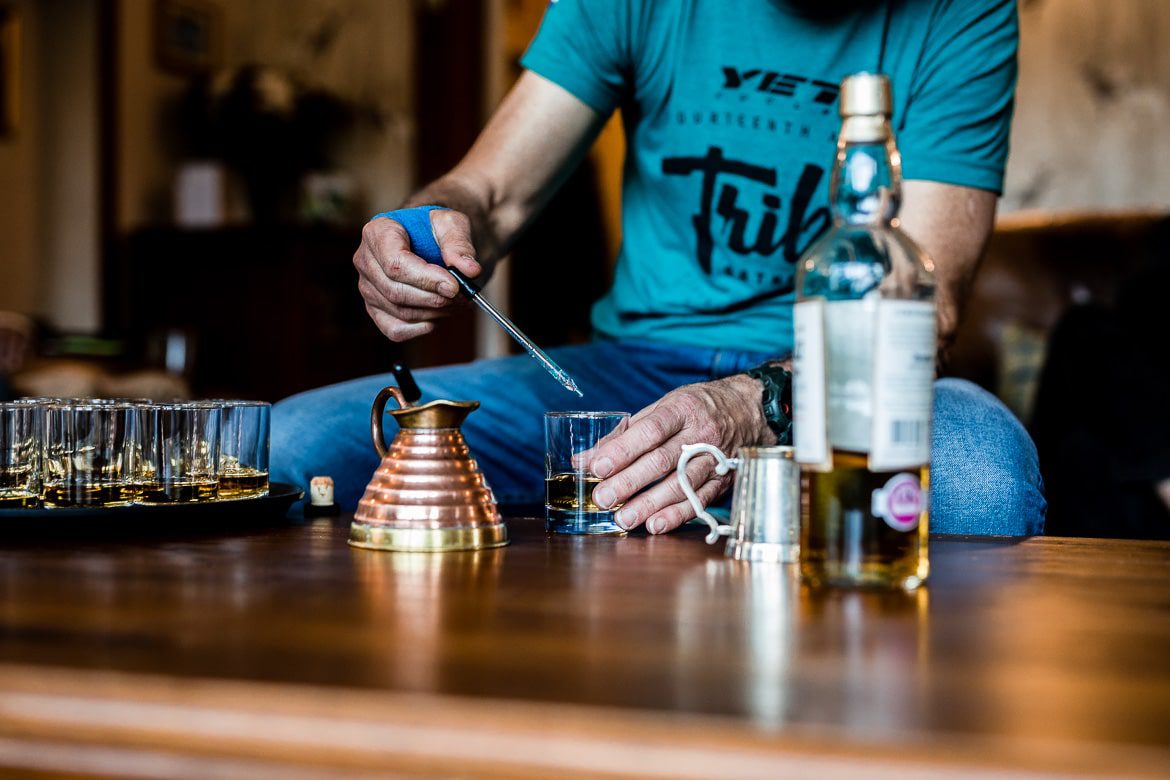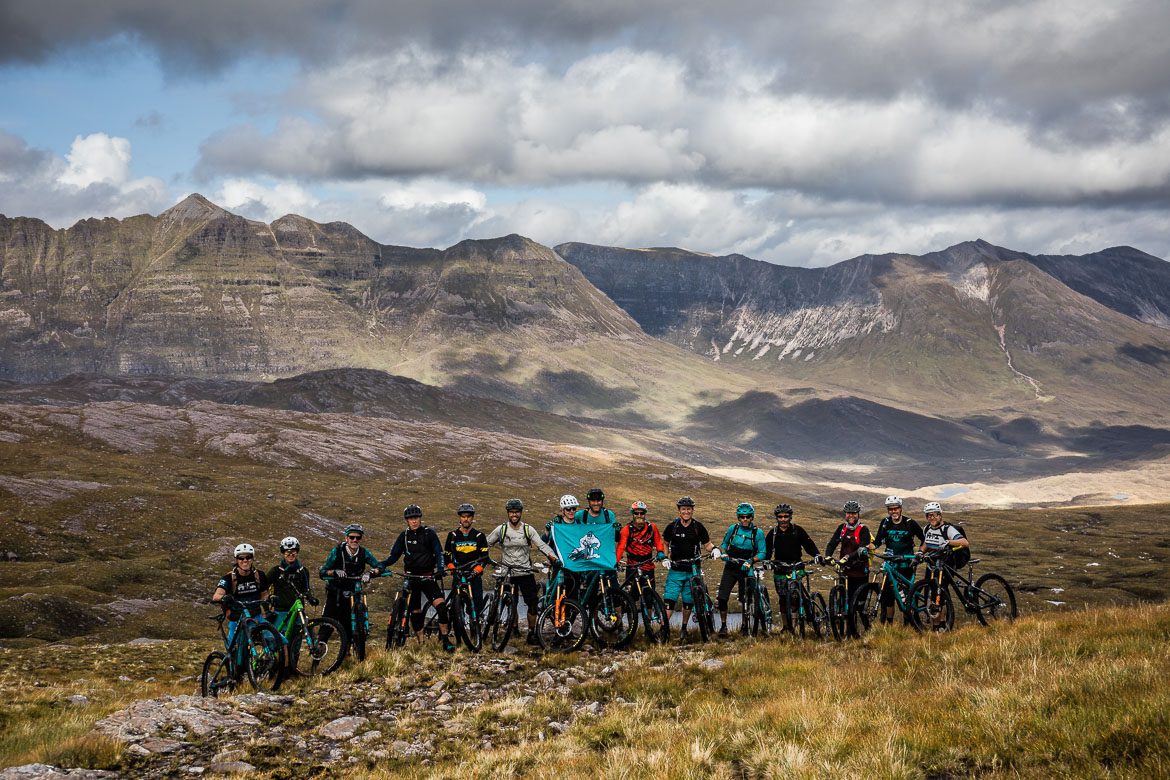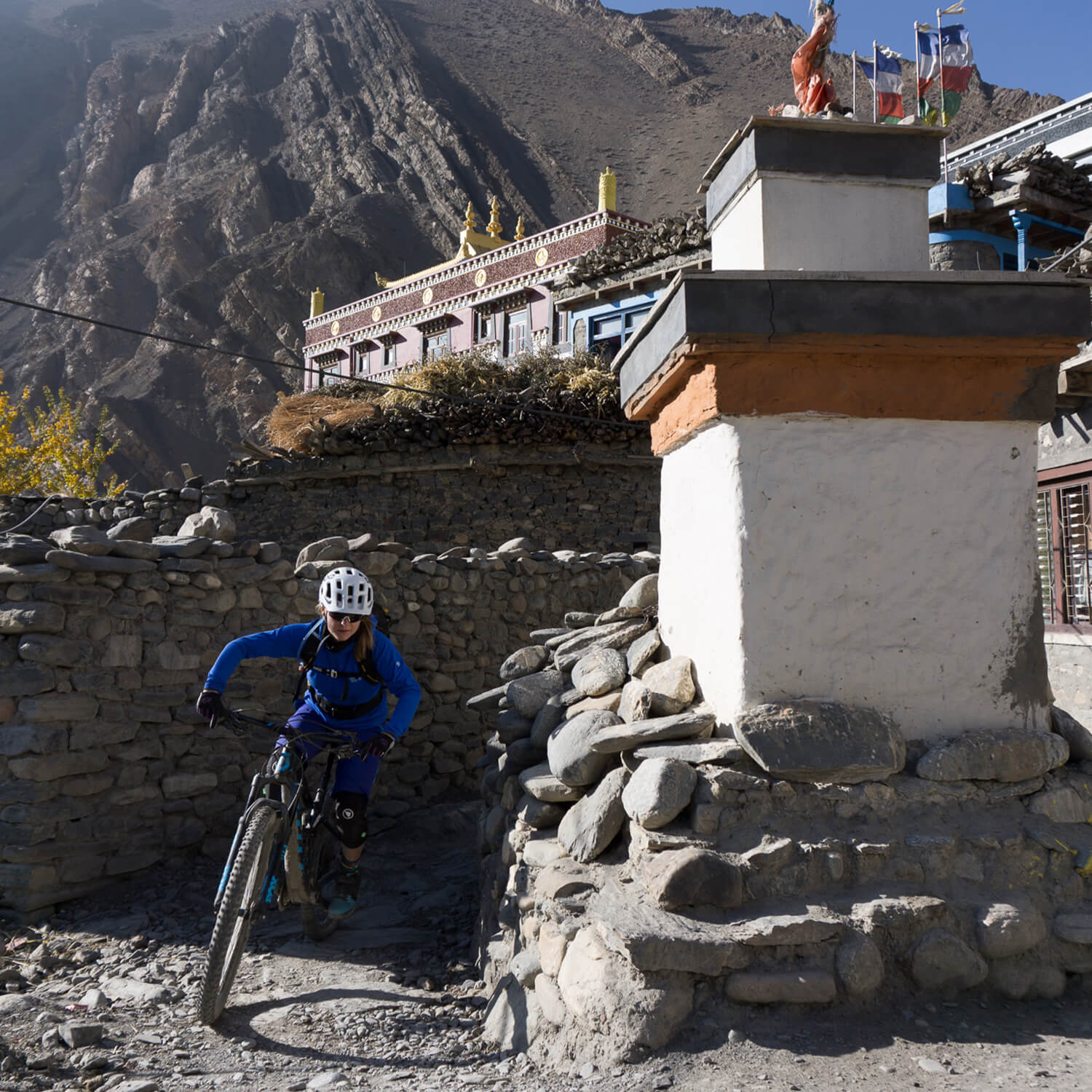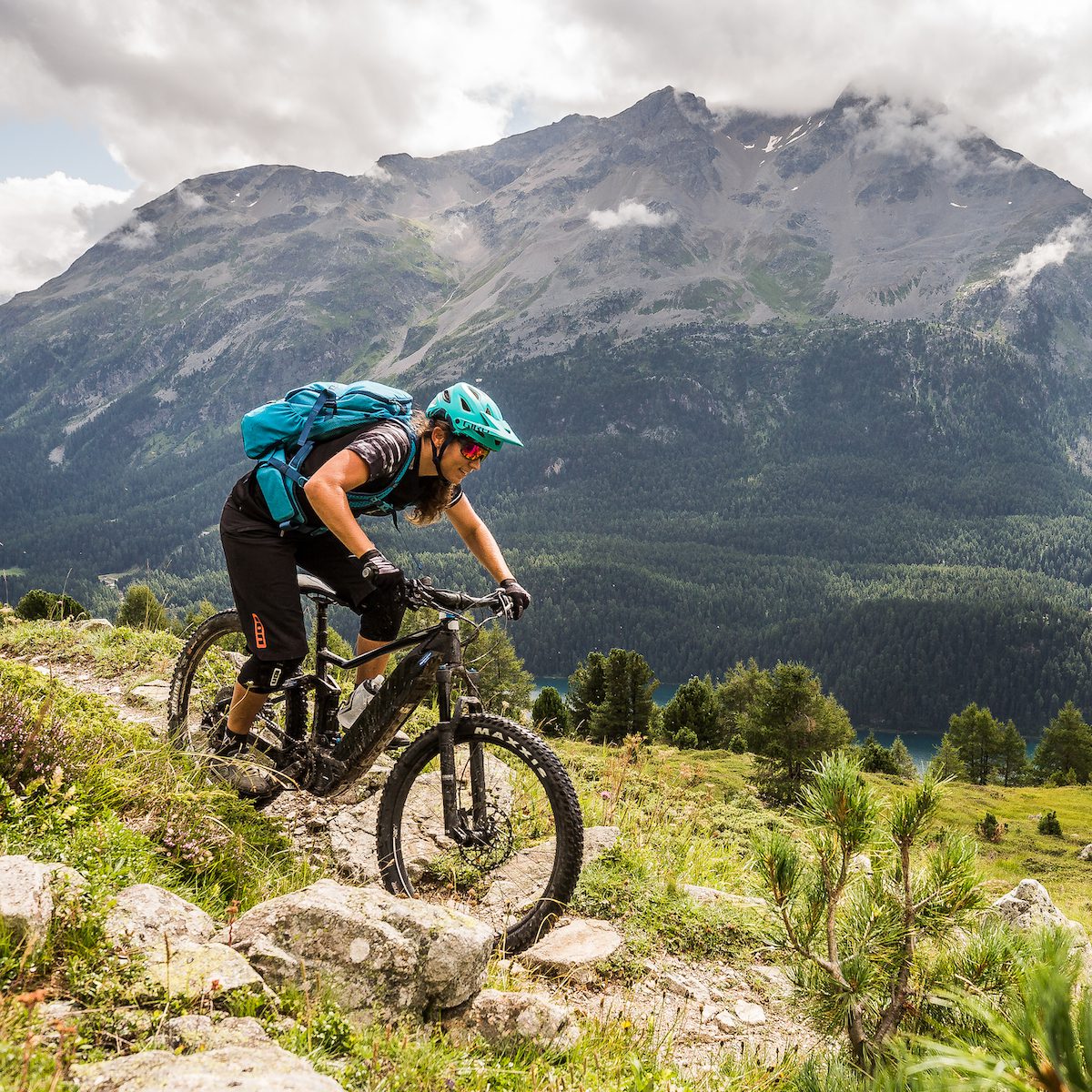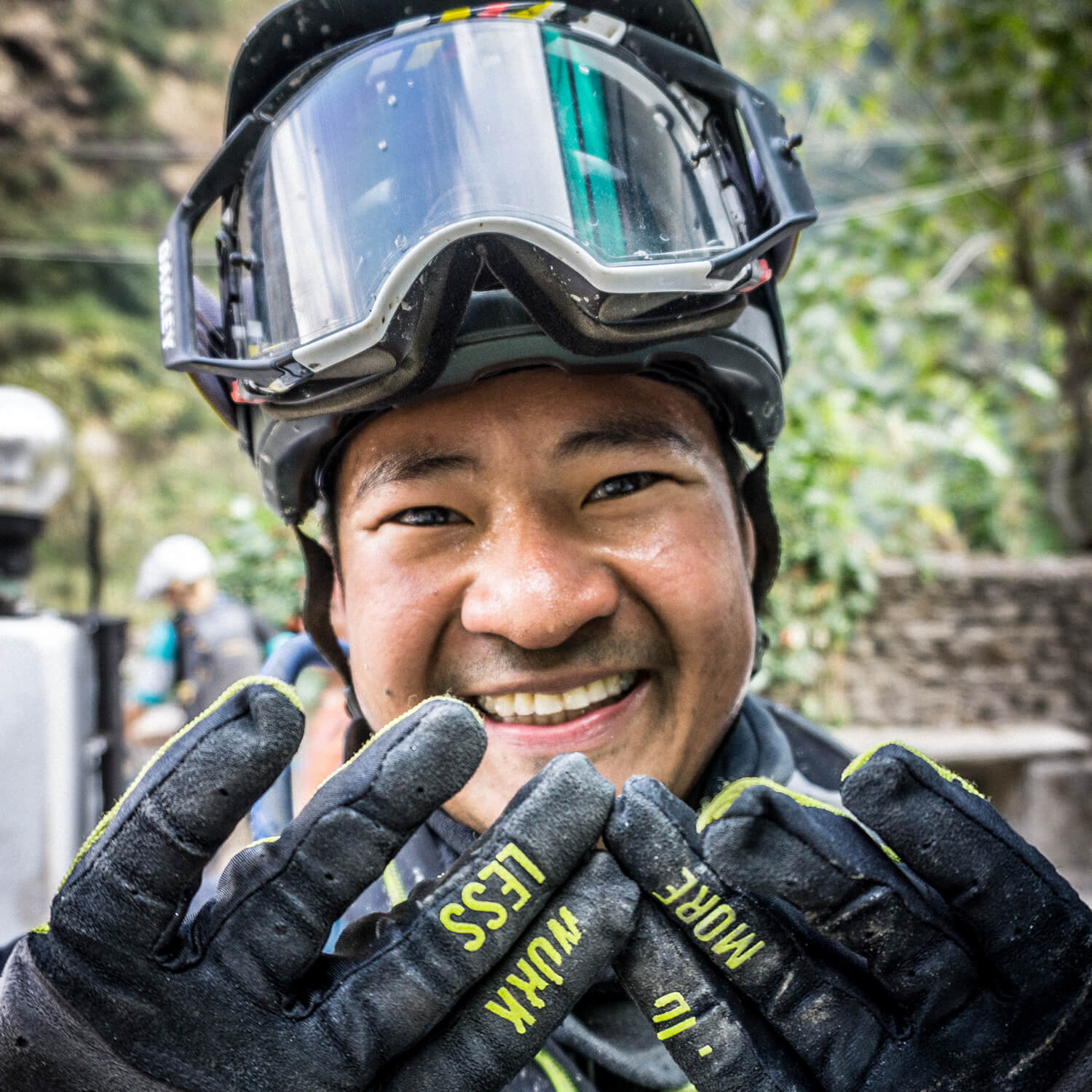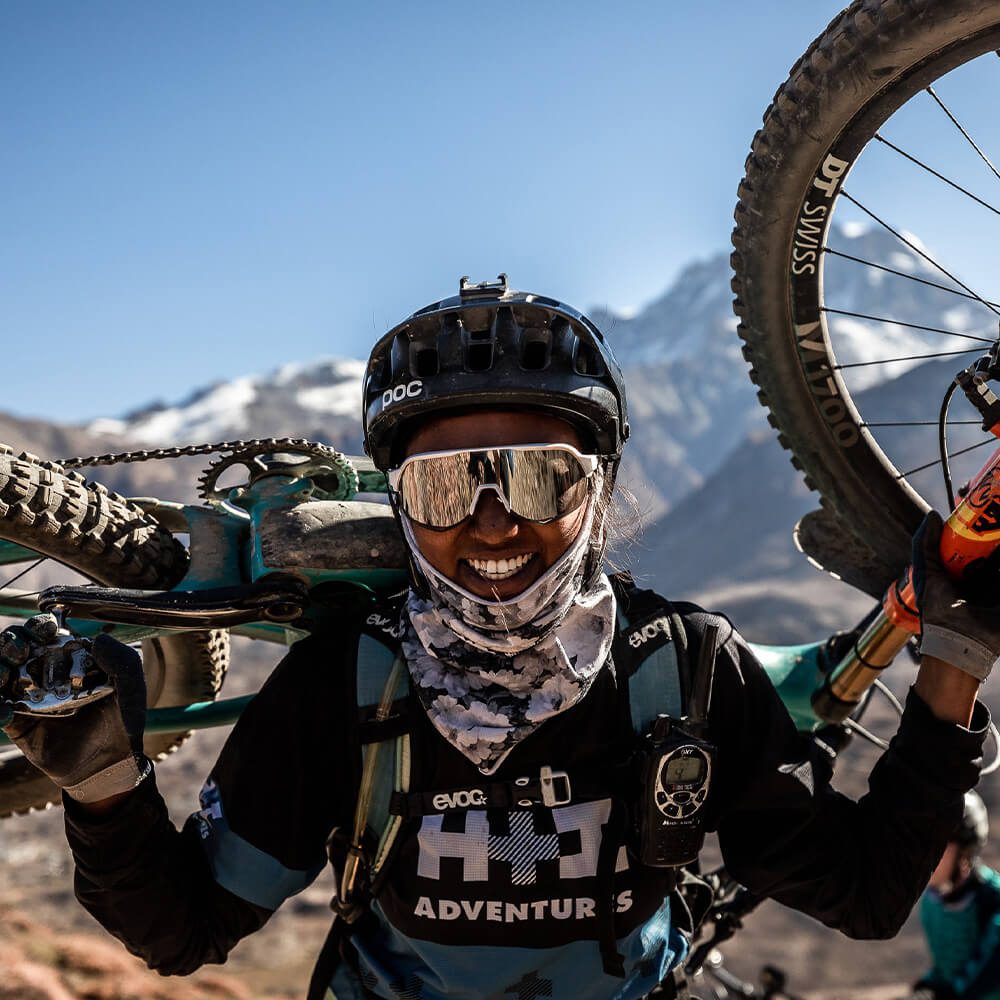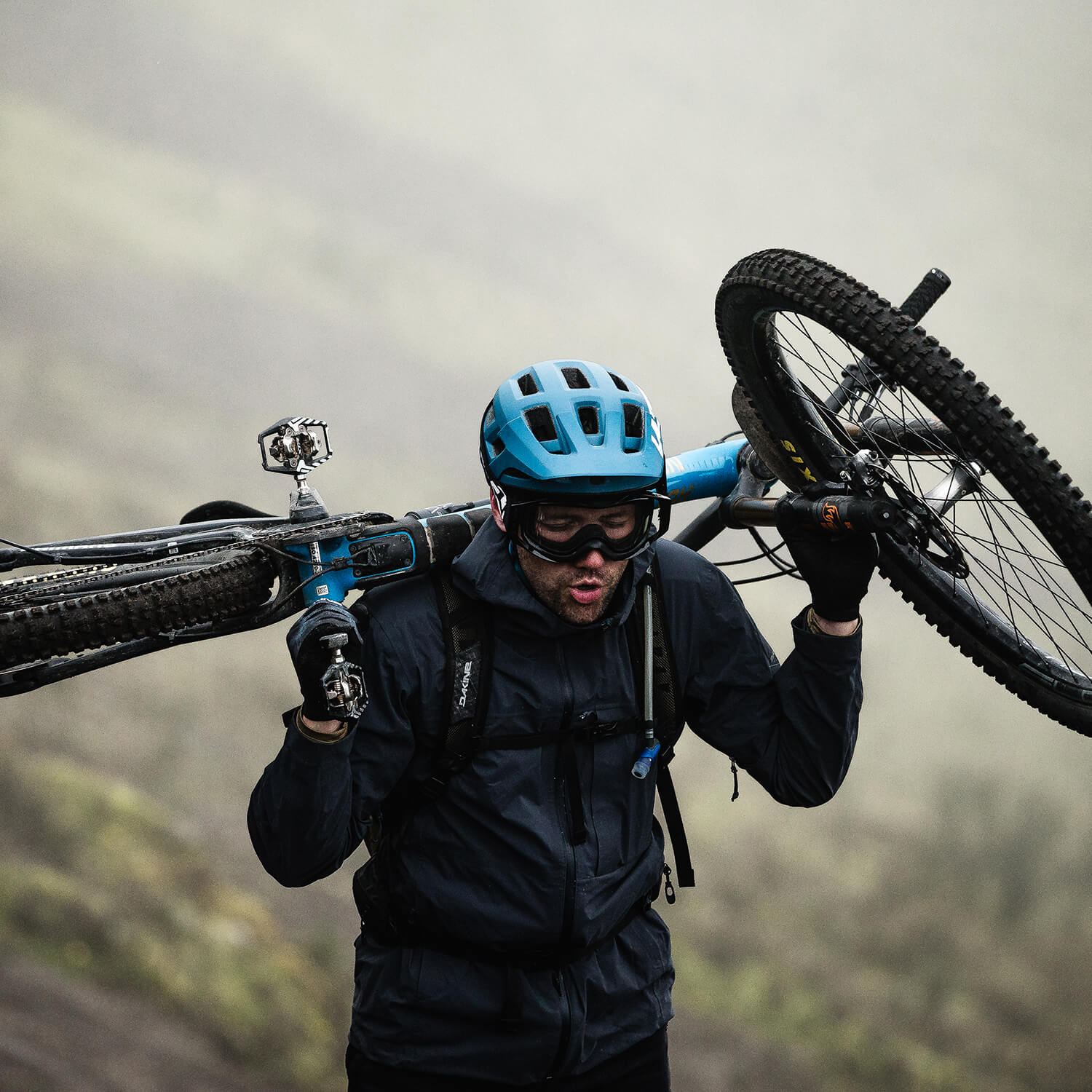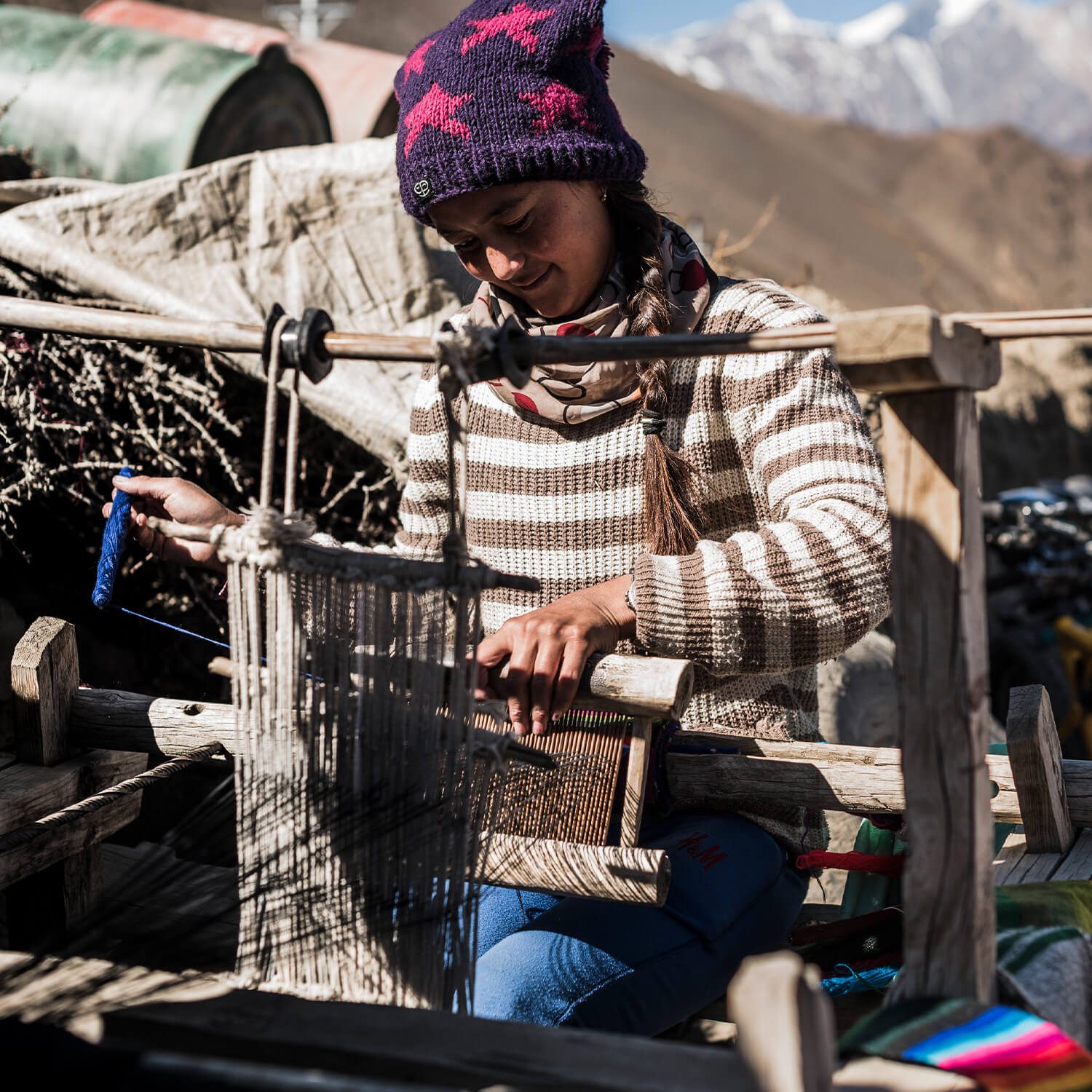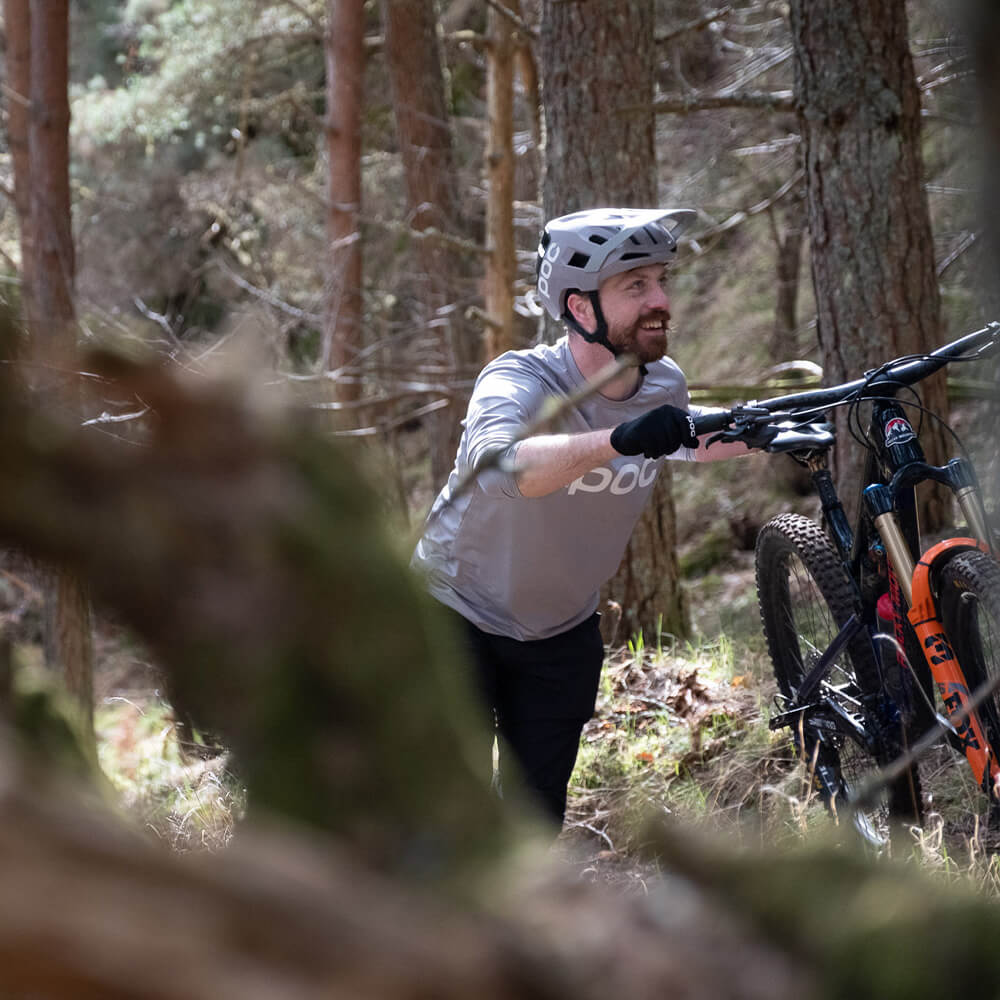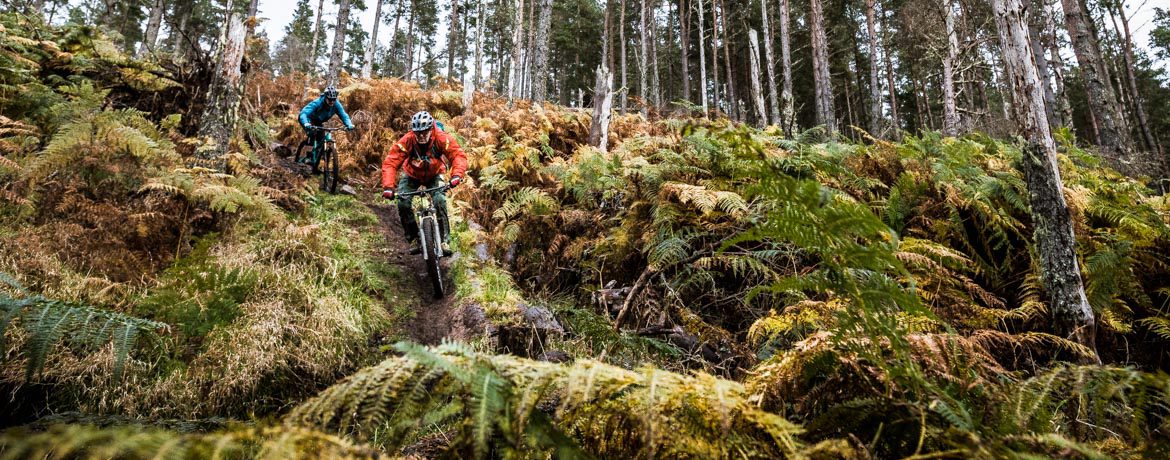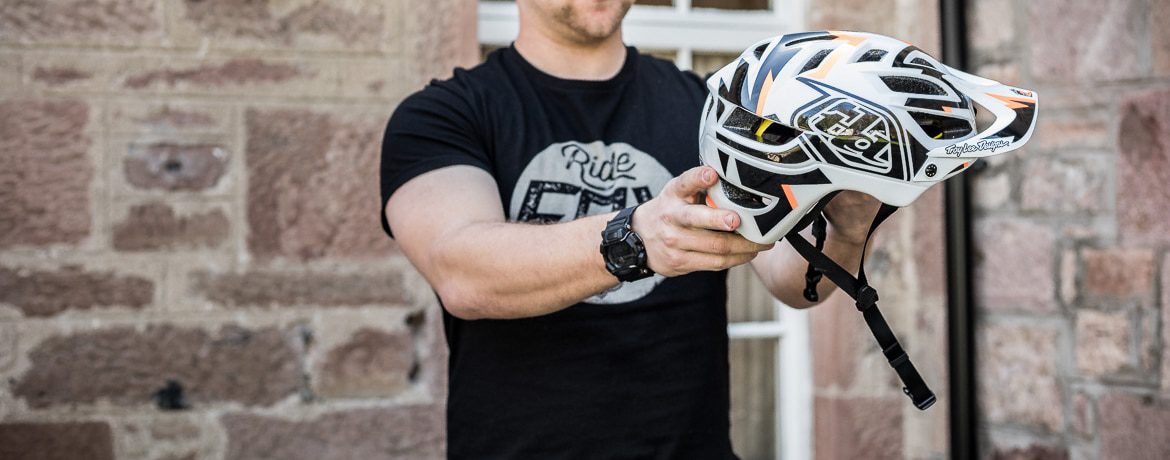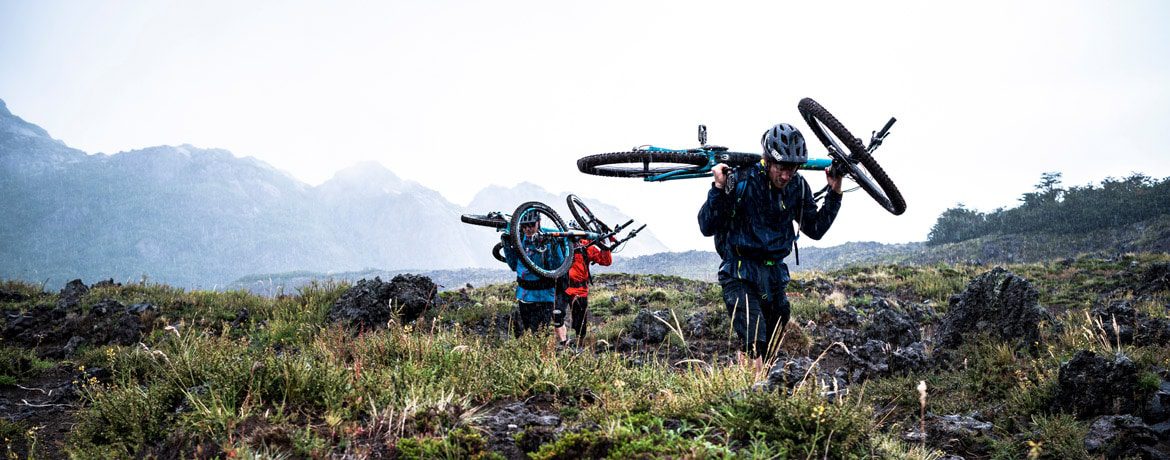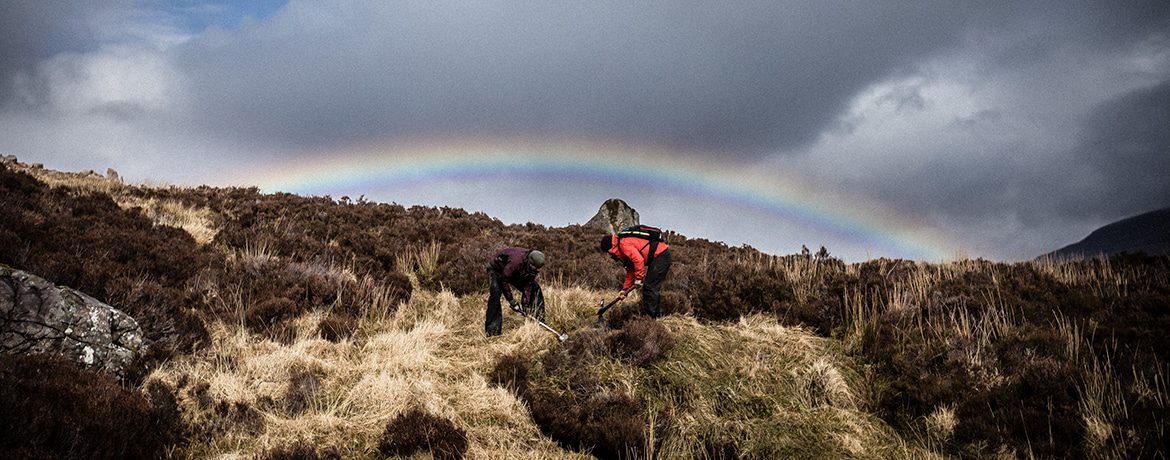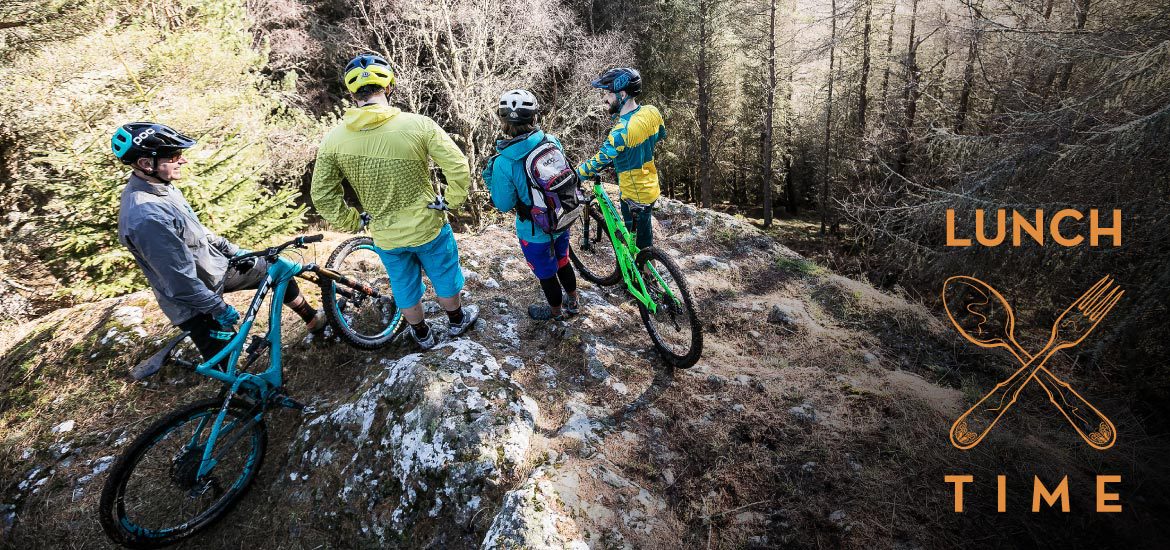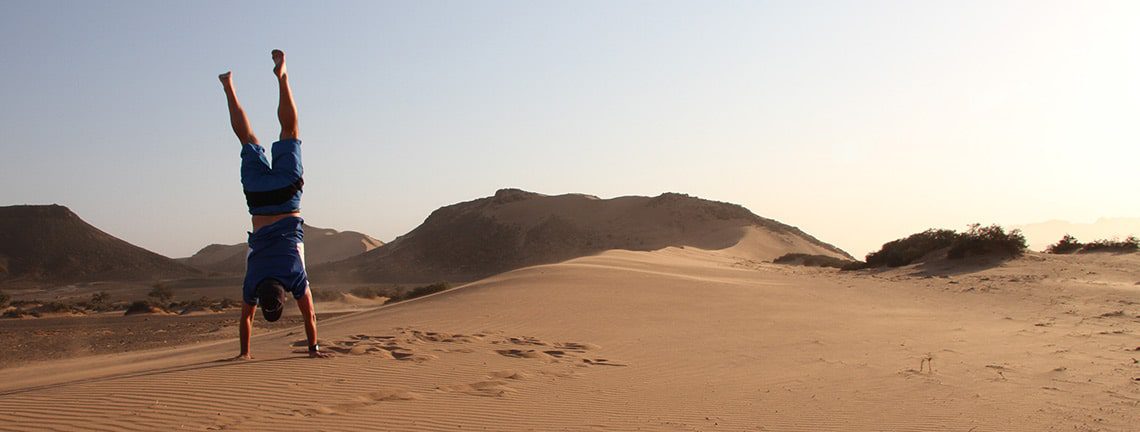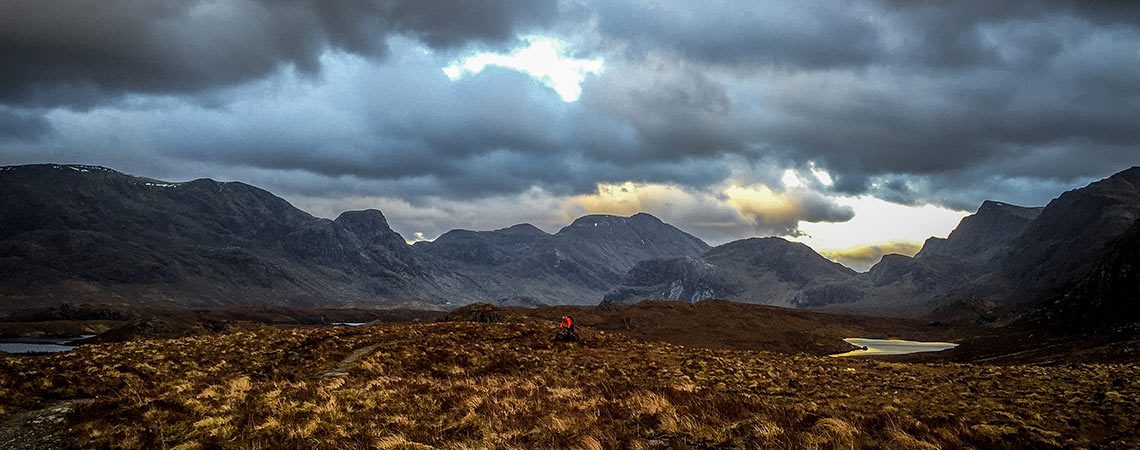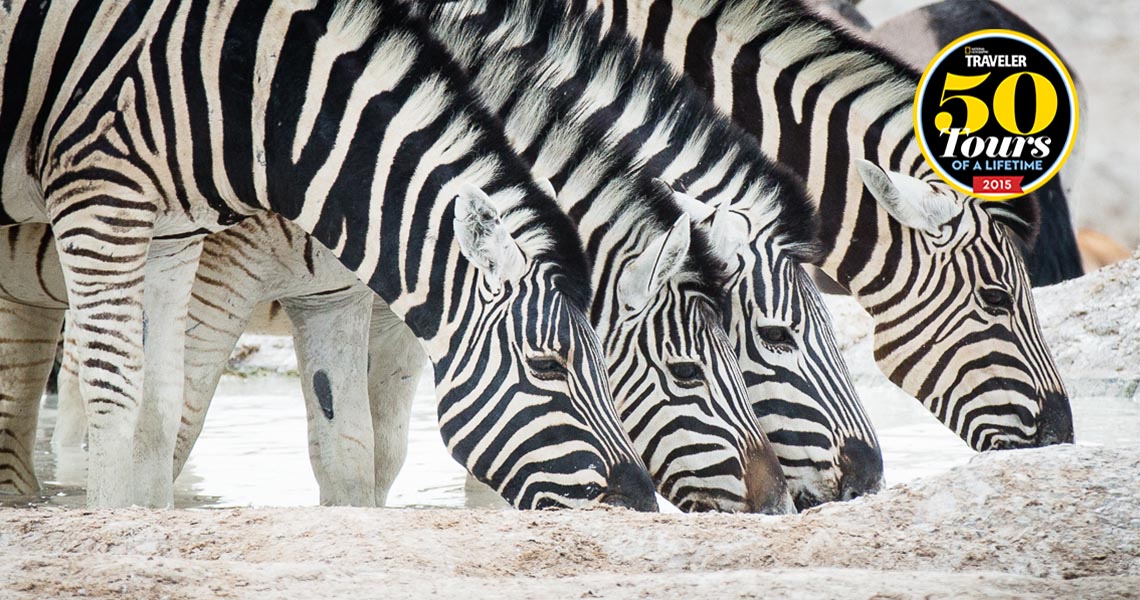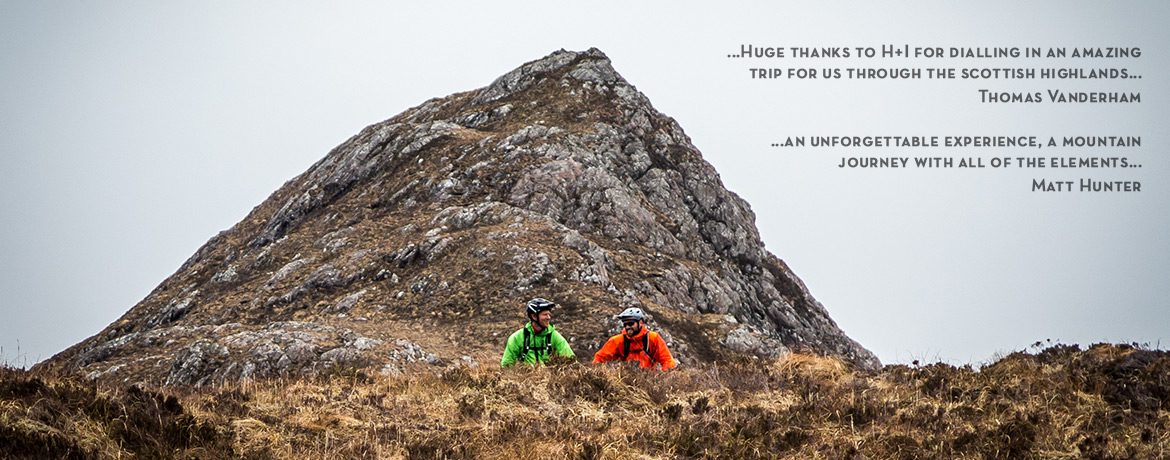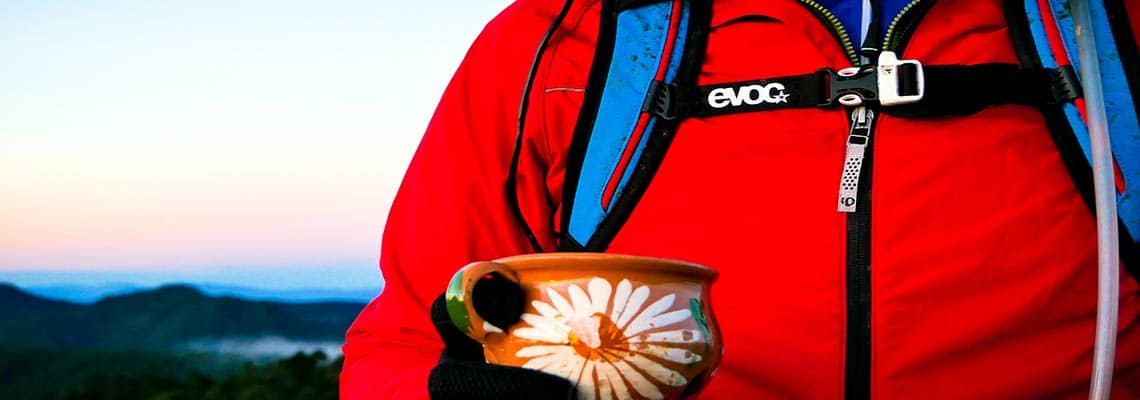10 Questions with Yeti Cycles President Chris Conroy
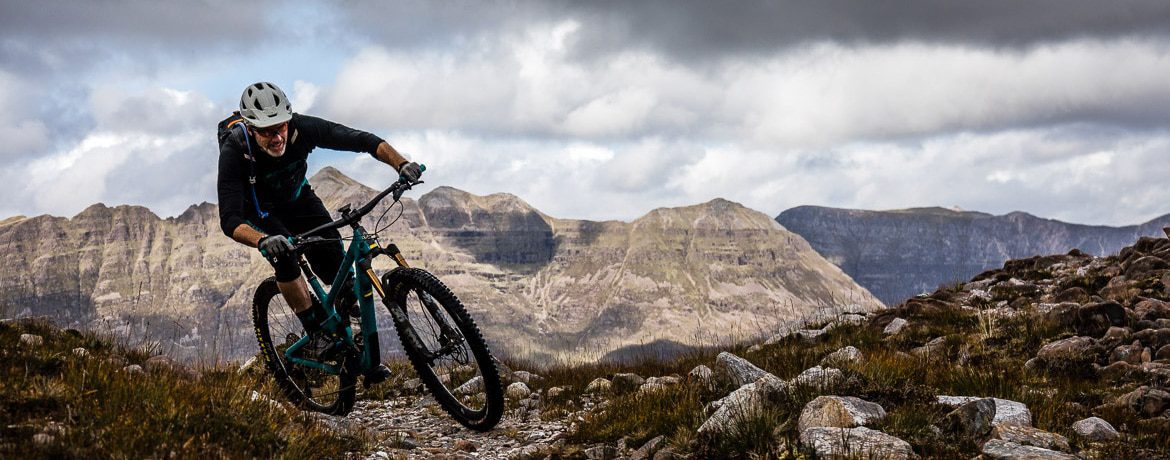
We sit down with Yeti Cycles President Chris Conroy, a close partner of H+I Adventures to find out what makes him and Yeti tick.
A quick-fire interview with Yeti Cycles President Chris Conroy
A chance meeting with Chris Conroy at the Fort William Downhill World Cup many moons ago was the catalyst for what has turned out to be a lengthy brand partnership between H+I Adventures and Yeti Cycles. We’ve been to Nepal, Chile, New Zealand, and Scotland for the now legendary International Tribe Gatherings, with lots more exciting plans in the pipeline for 2019 and beyond.
We’ve shared plenty of bike rides, banter, and beers with Yeti Cycles President Chris Conroy but decided it was time to sit down with him and discover a bit more about his and Yeti Cycles’ story.
CC: I started like most industry folks, by working in a bike shop when I was in college. Right after I graduated, I moved to Ketchum, ID so I could live in the mountains and ride great trails every day. I did a stint as a journalist and then got on with Scott USA, first a warranty guy and then as a product manager. Scott USA eventually bought Schwinn and I moved to Boulder, CO. It was a really dynamic time in the bike industry, but the smaller companies were having a rough go. Schwinn bought Yeti and I became brand manager at Yeti, while still working as a product manager at Scott. Eventually, I left the company and in 1999, a private investor bought Yeti and I became general manager. Hoog and I bought the company from them in 2001. The rest is history.
Yeti has been around for over 30 years now, how has the company’s approach to designing and manufacturing mountain bikes changed over the years if any?
CC: The philosophy of making the best mountain bikes has been around since the beginning. Everything else has changed. We moved our manufacturing overseas in 2003, shortly after our last US supplier, Easton, moved their production. As far as designing, our engineering staff is much bigger than it was back in the day and the materials and processes are much different.
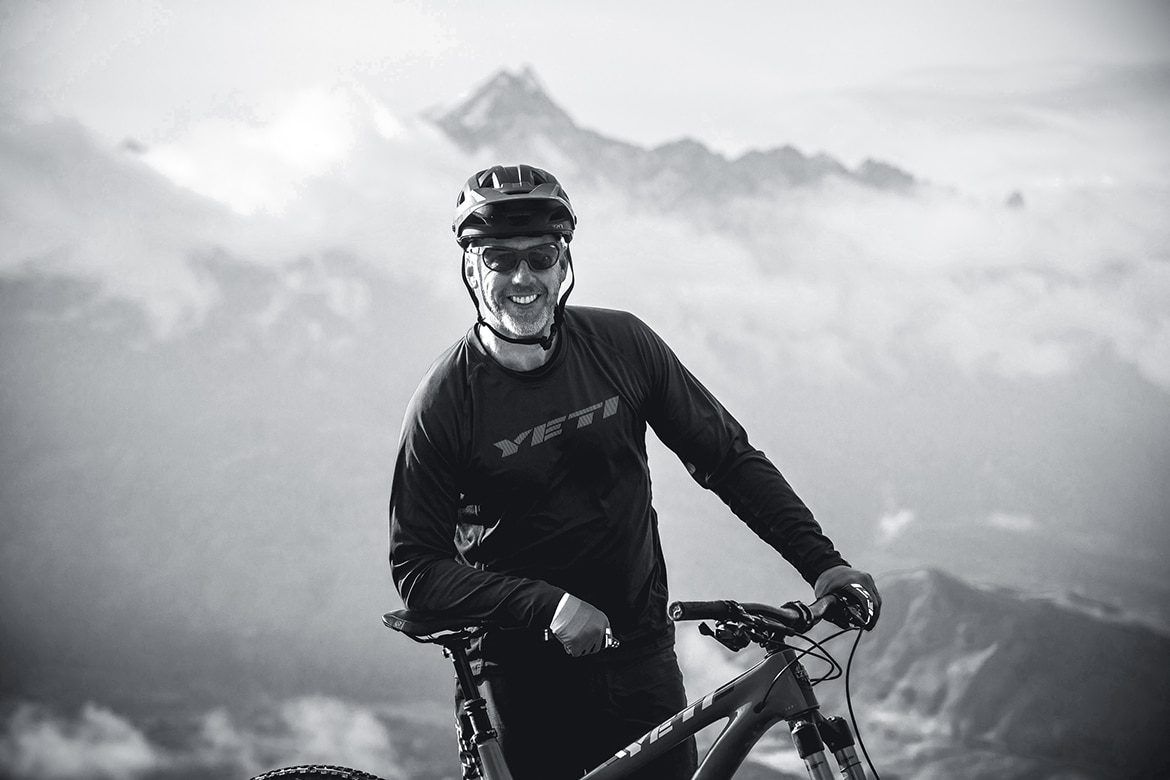
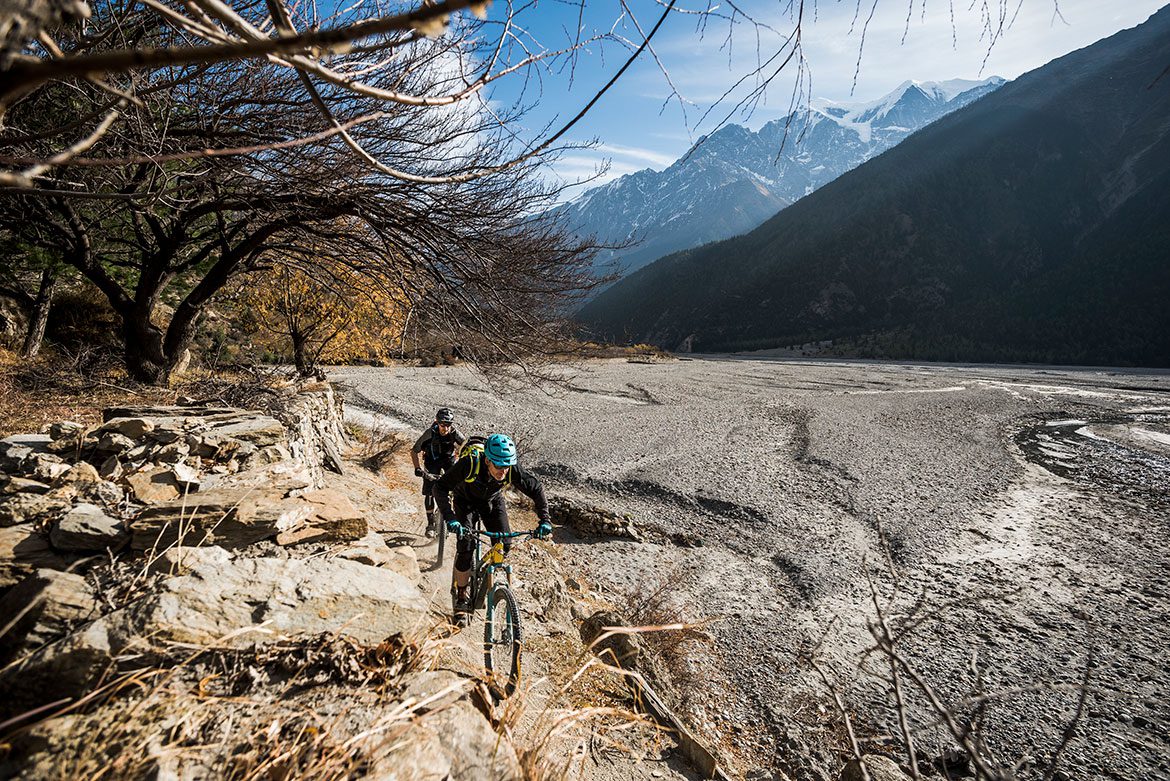
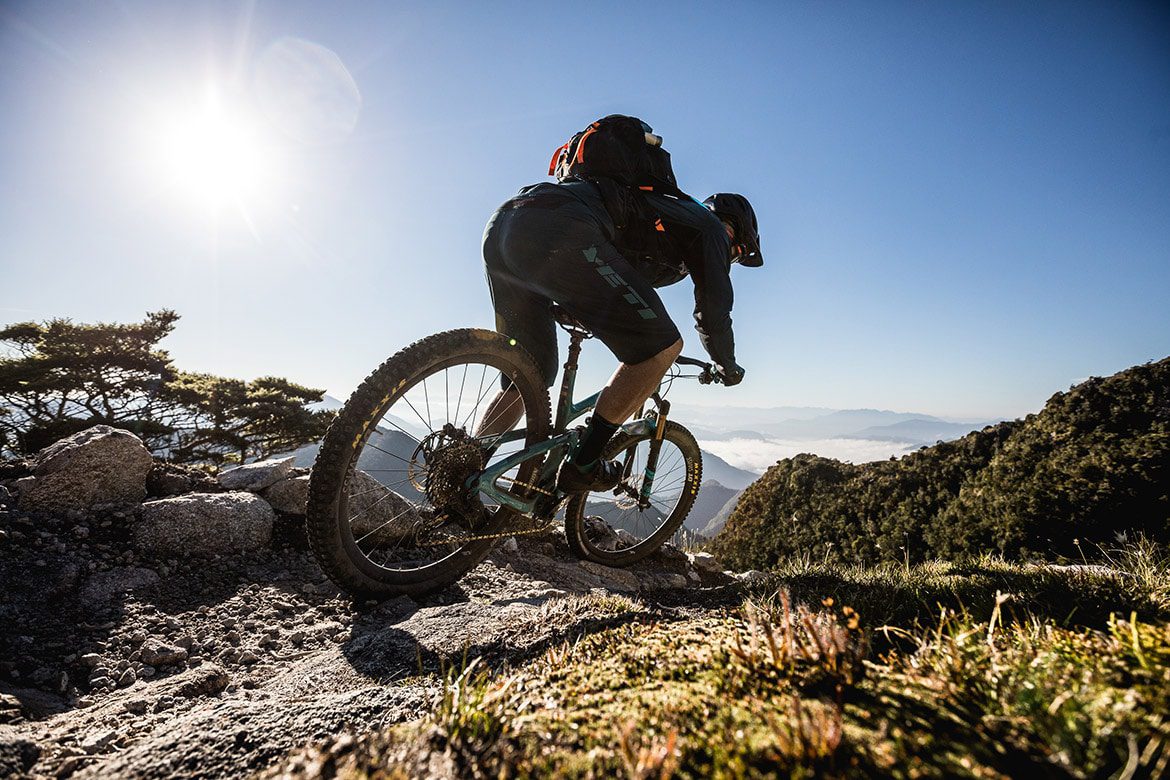
CC: The 575 was one of the first trail bikes and was pretty revolutionary at the time, so it’s a favorite. The 303 DH was also cool — the dual rail system became the starting point of our Switch Infinity platform.
Yeti has a rich pedigree in racing with names like Giove, Tomac, Gwin, Graves, and Rude all passing through the team at some point. How important has the racing been from both a product development and marketing side?
CC: Racing is the cornerstone of our product development efforts. We firmly believe that racing betters the breed and is the ultimate product test. On the marketing side, there is no better way to highlight our sport and the Yeti brand than to associate ourselves with the best racers.
CC: It was a number of things but mostly our athletes at the time were in a good position to make the move to EWS. There was also the cost of running two World Cup teams — that wasn’t sustainable. Another big factor was the racers were using bikes that were among our best-sellers. DH racing has become Formula racing and though we’re still huge fans, the DH market just isn’t very big.
Is downhill something the company would ever come back to in the future?
CC: Yes. We love DH and the challenges of making a single purpose bike.
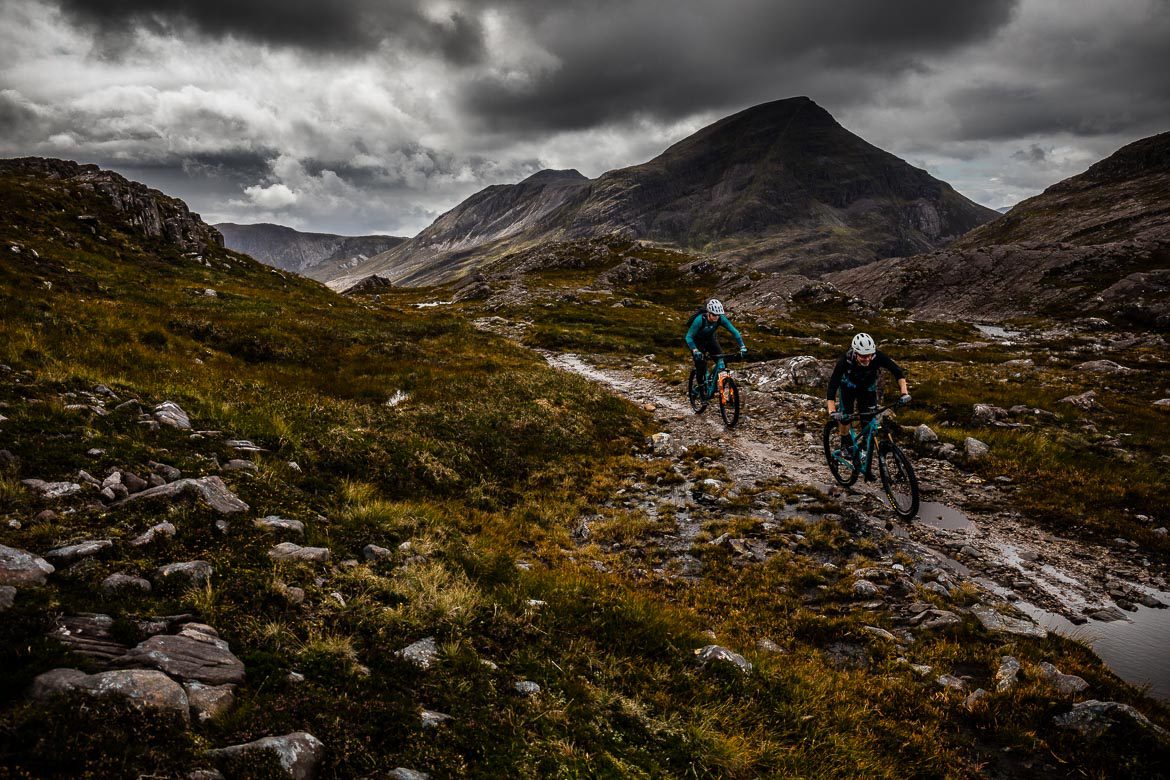
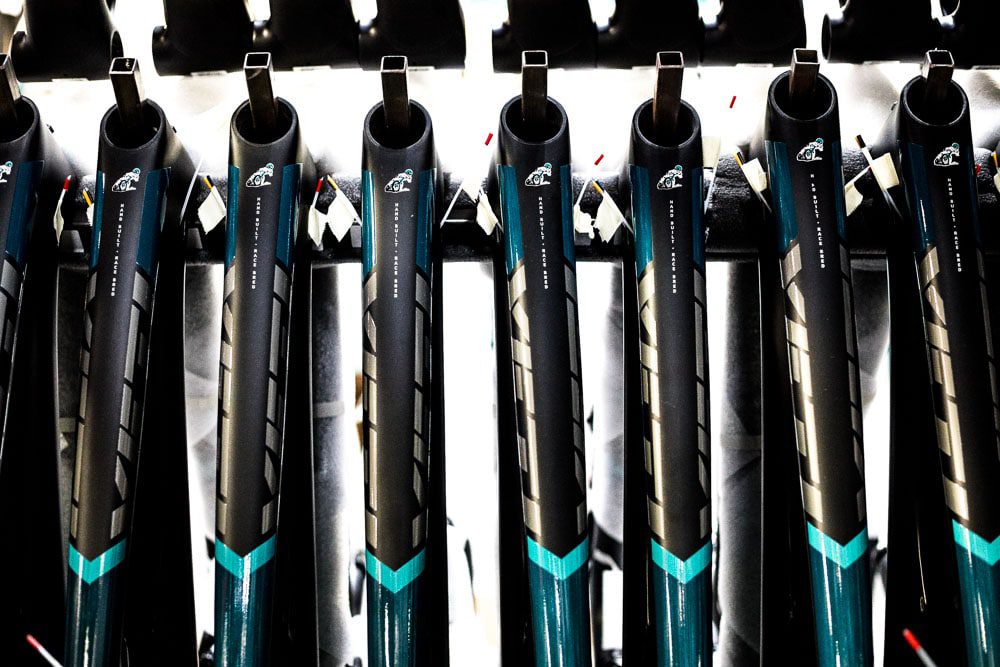
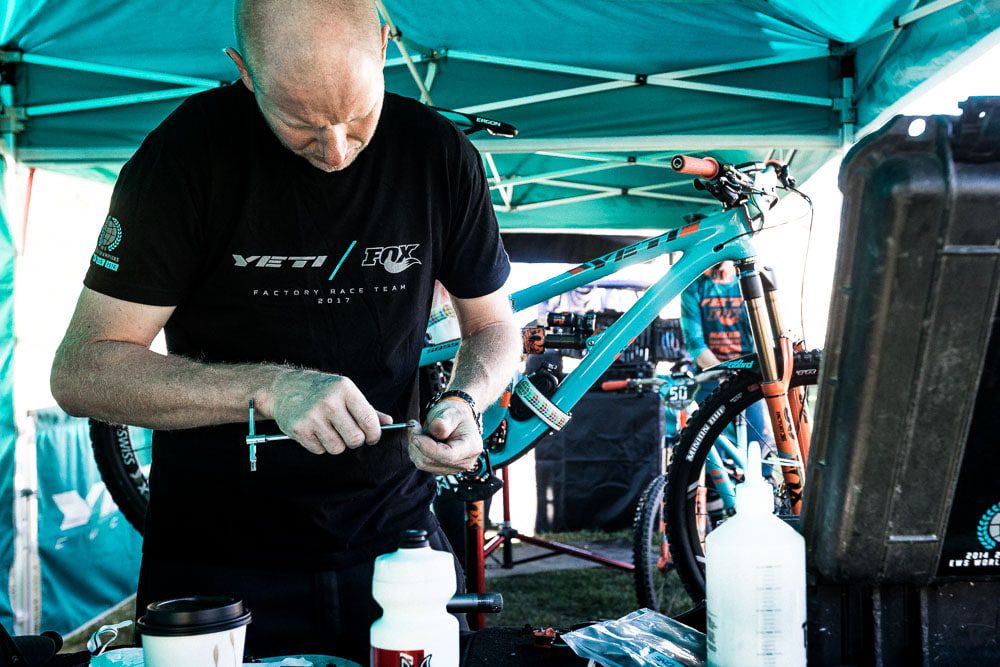
CC: We make bikes for our racers and that technology trickles down to the average athlete. While most can’t push the bike like Richie or Shawn, the bike can handle it if they do. The real difference with the racers is more tune related than geometry or kinematics. That said, if our racers ever needed something different than what we sell, we’d make it for them.
What sets Yeti apart from other bike manufactures? From an outsider looking in it seems like quite a tight-knit group and perhaps maybe smaller in size to some of the brands its rubbing shoulders with…
CC: You win with talent and I believe we have some of the best people in the bike business working here. The company is also owned by mountain bikers, so we make decisions based on what will make the bike better, without looking too hard at the financials to get there. We know if we make great bikes, everything will work out.
CC: The Yeti Tribe is unique in the industry and we’re stoked to be a part of it. I think it’s been successful because we’ve committed to providing experiences for Yeti owners that are in line with what mountain bikers want. Great bikes, amazing trails, good eats and plenty of beer are the foundation of our Tribe Gatherings and of any good ride with your mates.
What does the future hold for Yeti Cycles? Can we expect anymore exciting new bikes or projects in the coming year or so?
CC: Tons of new projects. Our engineering team has swelled to 7 people and we have a bunch of exciting stuff going on. Of course, I can’t tell you what it is…
